The first batch of Vietnamese lychees this year landed in Japan on May 29, 2025, kicking off a campaign to export high-quality agricultural products, with GlobalG.AP procedures and Methyl Bromide quarantine ensuring safety. This event has affirmed Vietnam's quality management and quarantine capacity, and opened an important turning point for exporting fresh fruit to high-standard markets.
The first batch of lychee in 2025, consisting of 3.7 tons of fruit, was purchased from communes in Luc Ngan district ( Bac Giang ), which has achieved GlobalG.AP standards on growing area management and food safety. Japan is one of the most demanding markets in terms of quality and safety, but since the 2025 crop, the Japanese side has allowed Vietnam to supervise the lychee processing process right at domestic facilities, instead of sending experts to the site.
According to the Department of Crop Production and Plant Protection, in 2025, the national lychee output is estimated to reach 303,000 tons, an increase of 30% over the previous year, with nearly 19,400 hectares of growing areas and 55 export packaging facilities that have been granted codes.
Exports to Japan require Methyl Bromide fumigation treatment at a minimum dose of 32 g/m³ for 2 hours at facilities approved by MAFF and the Plant Protection Department, under bilateral supervision. Previously, three lychee treatment systems of Vietnamese enterprises were inspected and assessed by Japanese experts to meet preservation standards, ready for export.
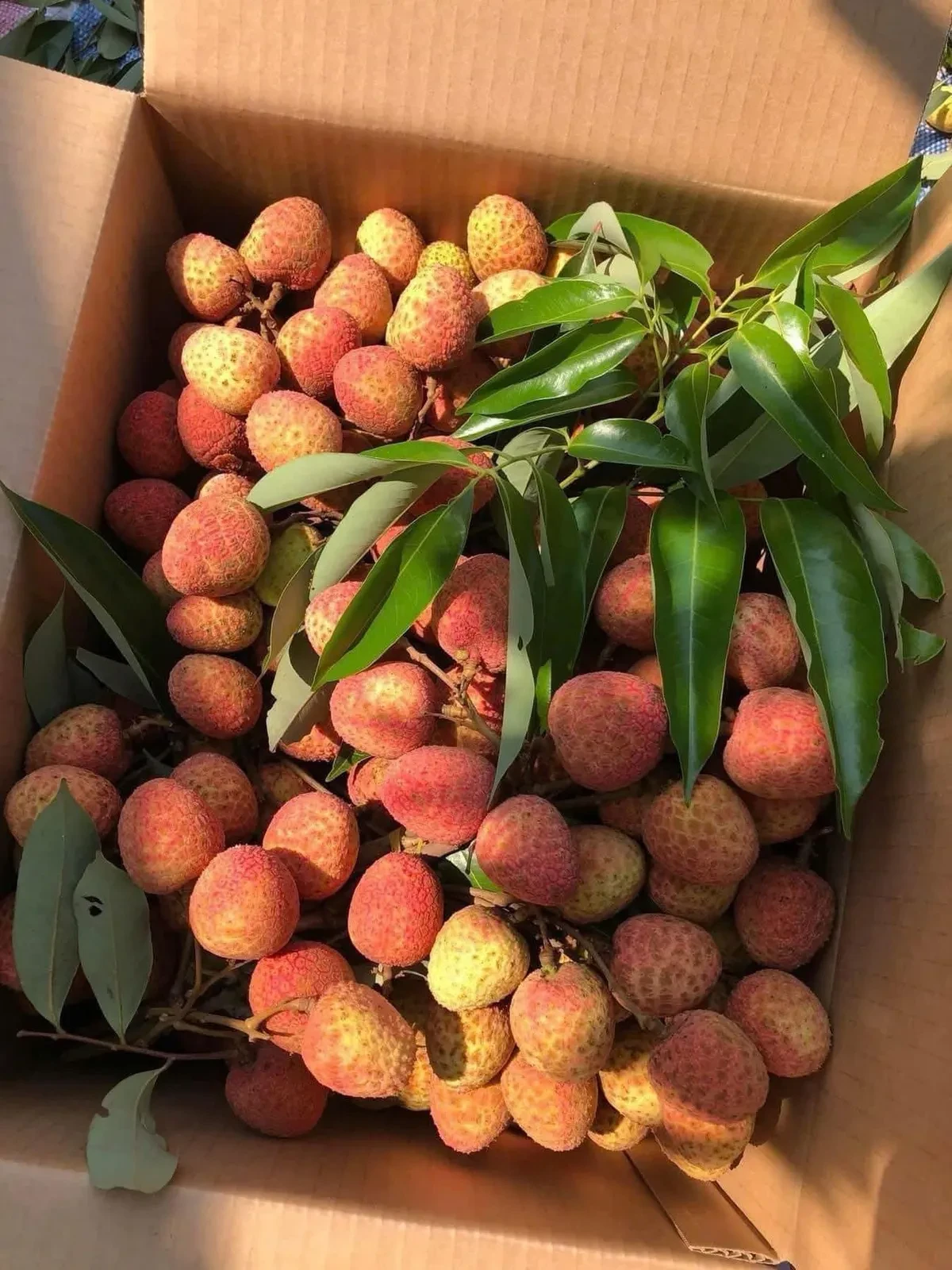
In addition to the Methyl Bromide fumigation method for Japan, lychee batches exported to Australia and the US apply irradiation according to specific market regulations.
Vietnamese lychees are imported into Japan by Senkyu Corporation (Tokyo), then delivered to supermarkets, specialty stores and the Vietnamese community in Japan. Senkyu representatives said the product will officially be on shelves from May 30, 2025, and committed to expanding distribution channels to meet consumption demand throughout the season.
According to Mr. Ta Duc Minh, Vietnamese Trade Counselor in Japan, Japanese businesses are expressing strong interest in this year's lychee crop and have contacted to survey harvest time, packaging requirements, and logistics.
To increase value and extend consumption time, Senkyu plans to provide many processed products from lychee such as frozen lychee, soft-dried lychee, lychee syrup and ready-to-use desserts. This is a strategy to maintain the presence of Vietnamese lychee in the market all year round, while meeting the increasingly diverse needs of consumers.
Processing facilities in Hai Duong have planned to increase freezing and drying capacity, ensuring a stable supply of goods for export as well as domestic consumption, expected to account for about 60% of output, while the remaining 40% is for export.
The success of the first batch of lychees in Japan is expected to create momentum for subsequent shipments, not only to Japan but also to South Korea, the EU and the US – markets that are increasingly interested in Vietnamese agricultural products. With efforts to improve quality, perfect processing procedures and diversify products, Vietnamese lychees have the opportunity to expand market share and increase export value in 2025.
The opening of the Japanese market also encourages growers, businesses and management agencies to continue to cooperate closely, improve production capacity according to GlobalG.AP standards, boost trade promotion and build a brand for Vietnamese lychee on the world agricultural map.
Source: https://baoquangninh.vn/lo-vai-thieu-dau-tien-cua-nam-2025-da-duoc-xuat-khau-qua-nhat-ban-3360441.html


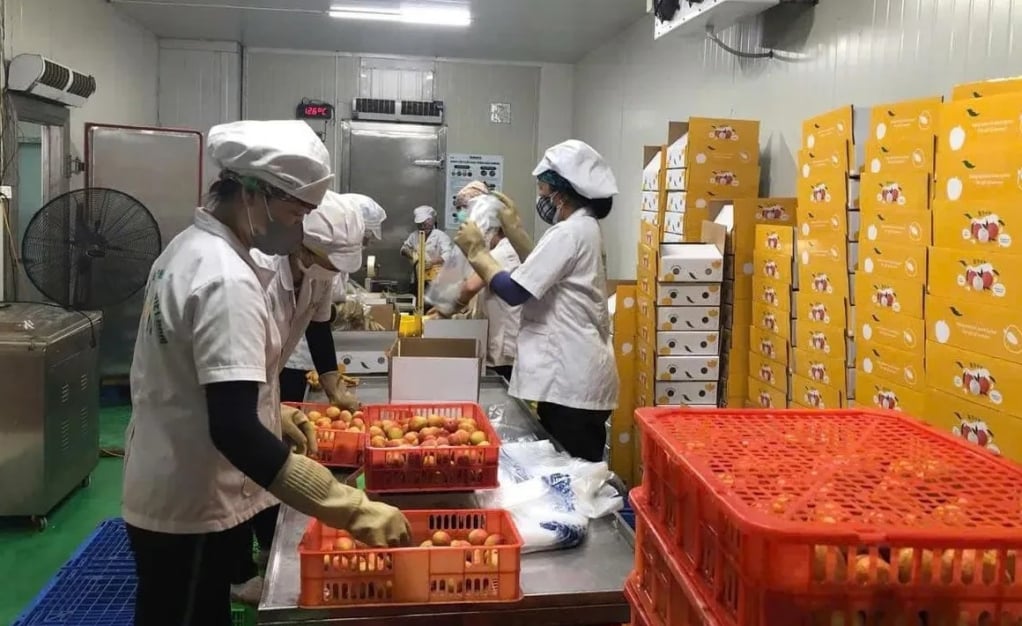
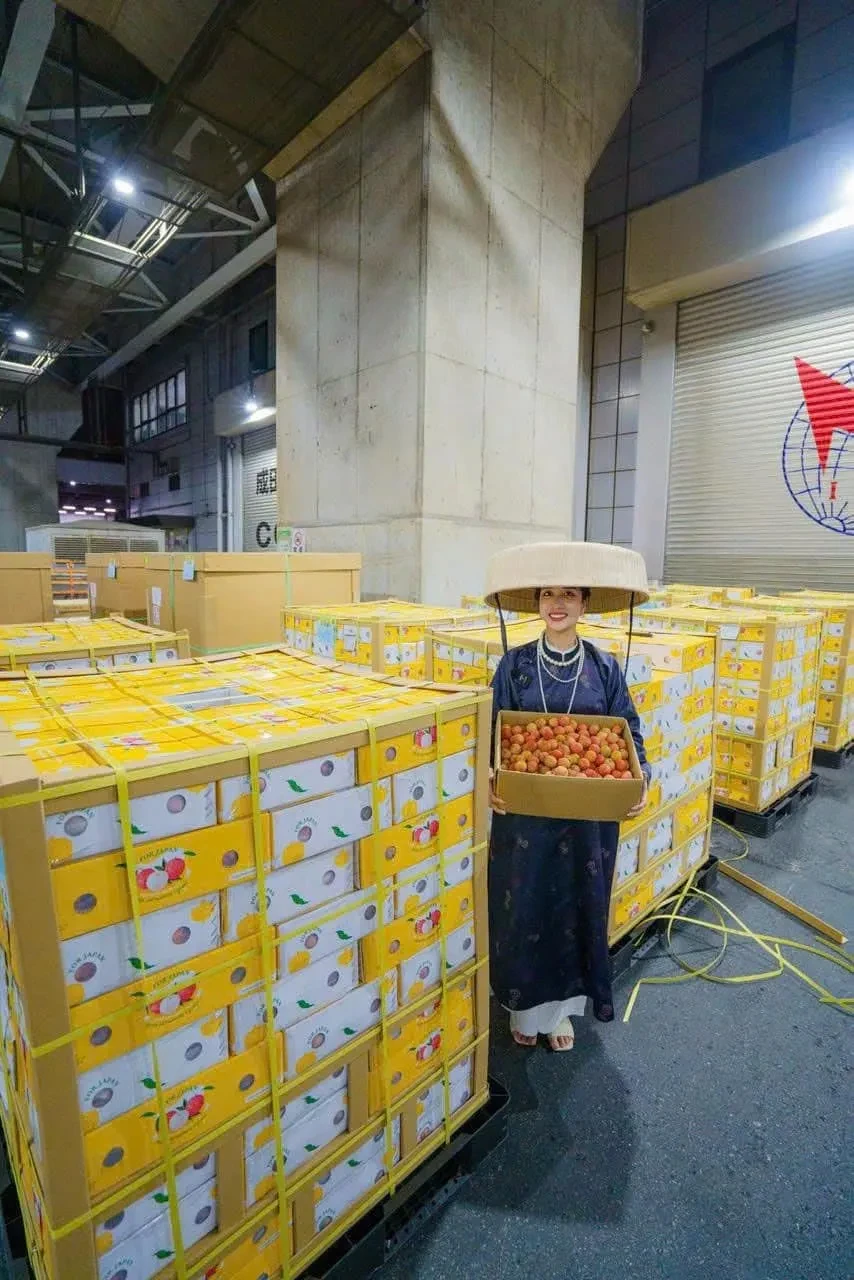
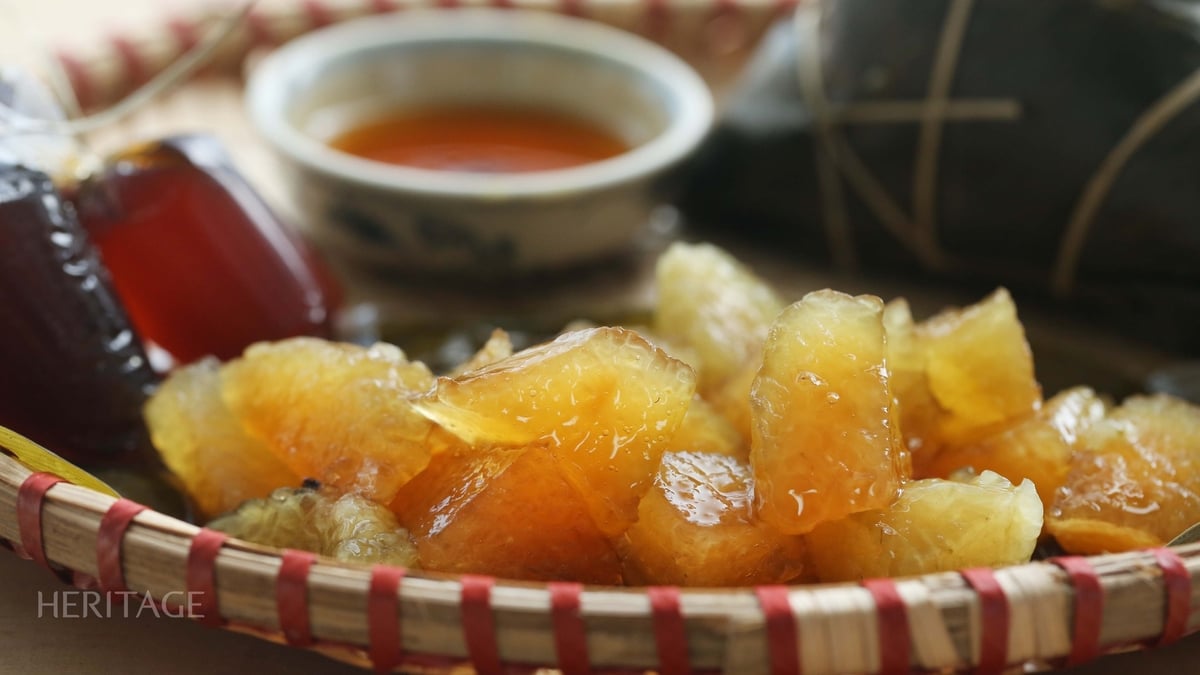



![[Photo] General Secretary To Lam receives Chief of the Central Office of the Lao People's Revolutionary Party](https://vphoto.vietnam.vn/thumb/1200x675/vietnam/resource/IMAGE/2025/5/30/140435f4b39d4599a3d17975dfb444c5)



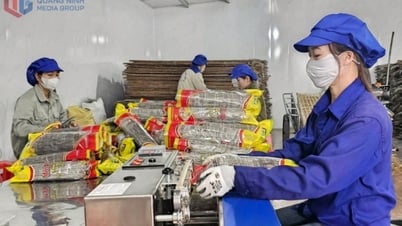


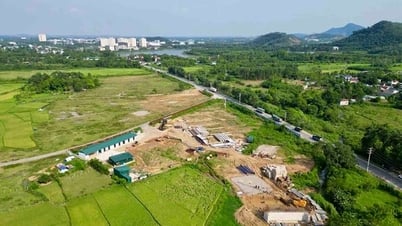
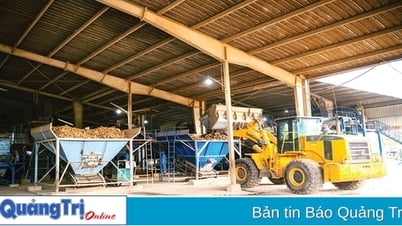








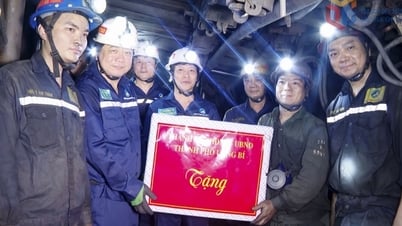
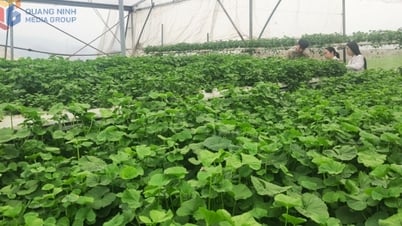
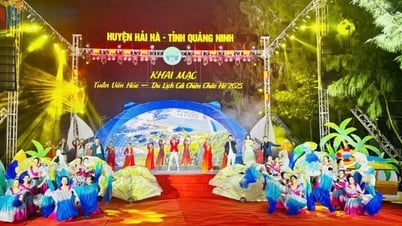


![[Photo] National Conference "100 years of Vietnamese Revolutionary Press accompanying the glorious cause of the Party and the nation"](https://vphoto.vietnam.vn/thumb/1200x675/vietnam/resource/IMAGE/2025/5/30/1cf6cd5c8a934ebfa347028dcb08358c)
















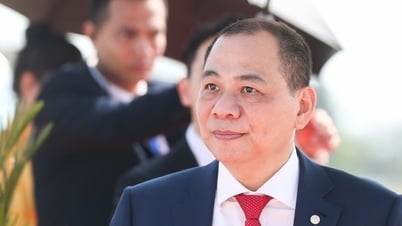











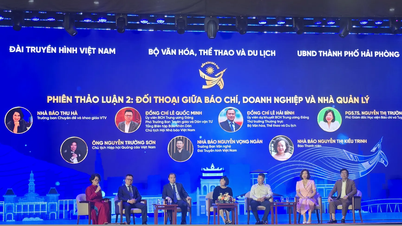



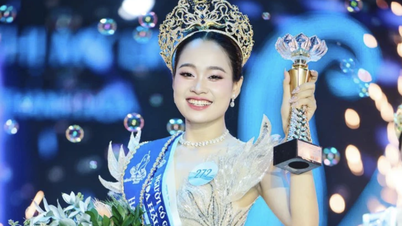
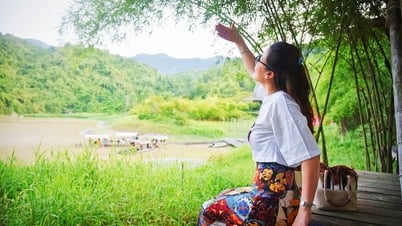


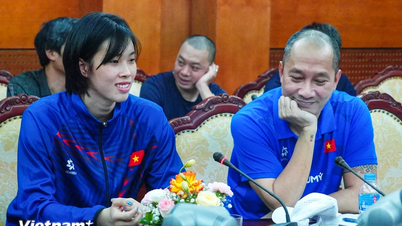


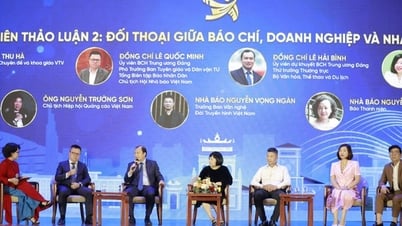


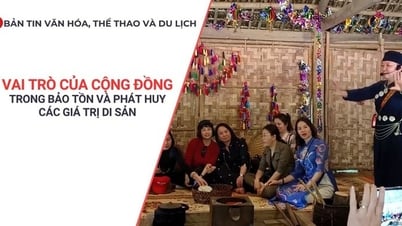

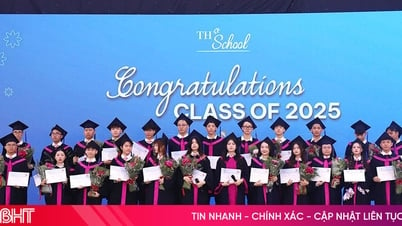












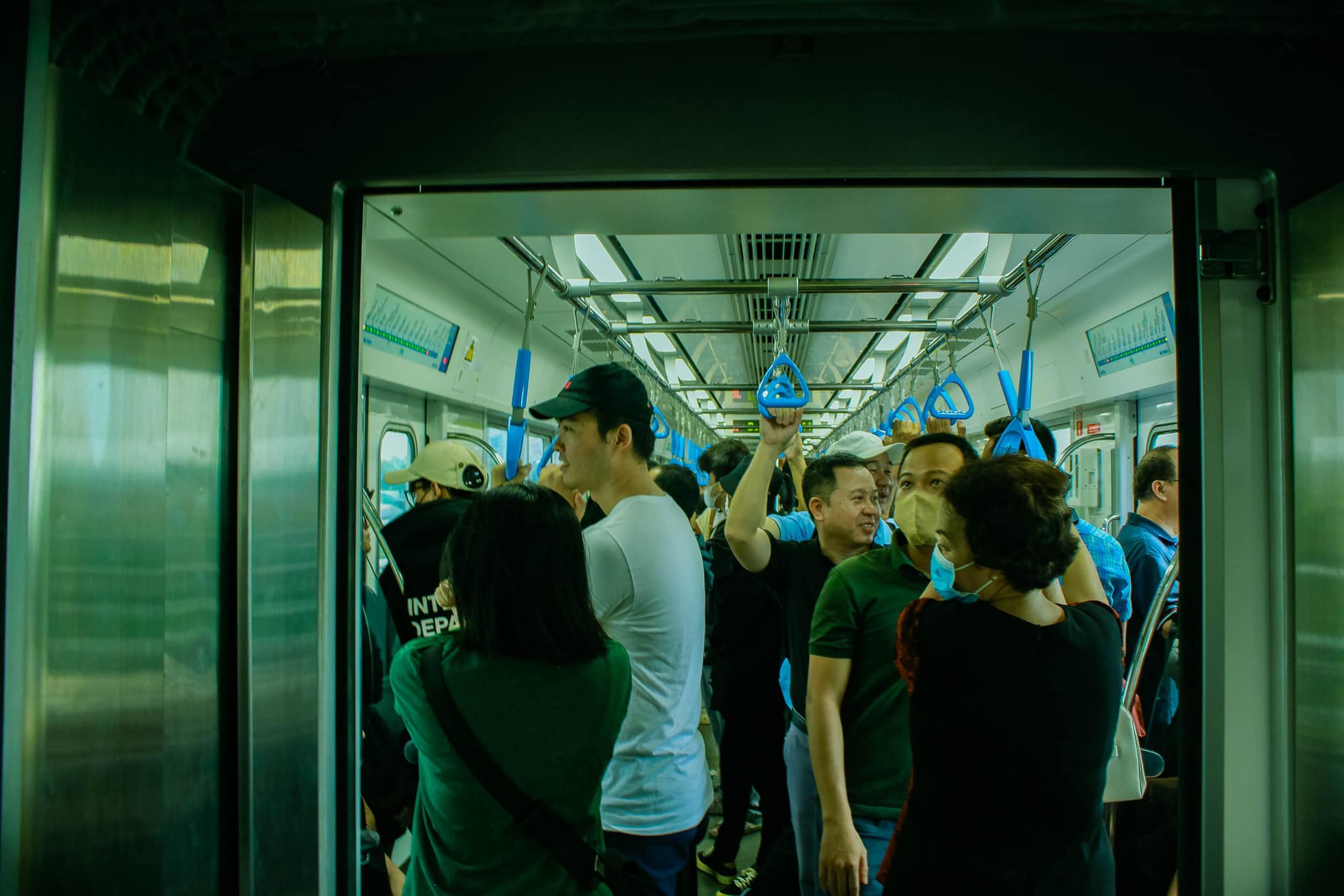



Comment (0)